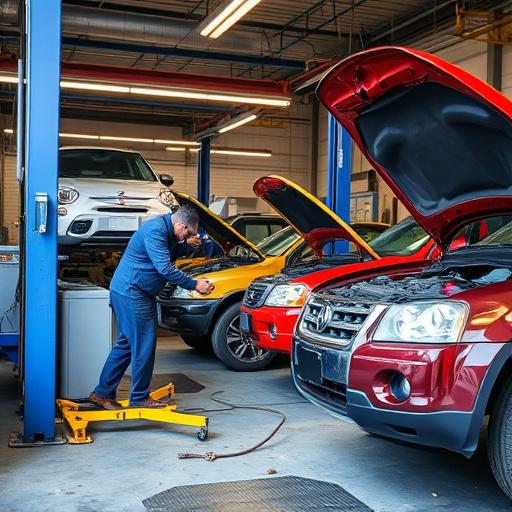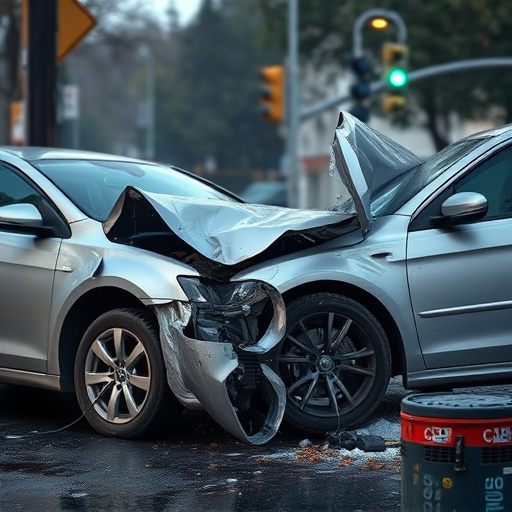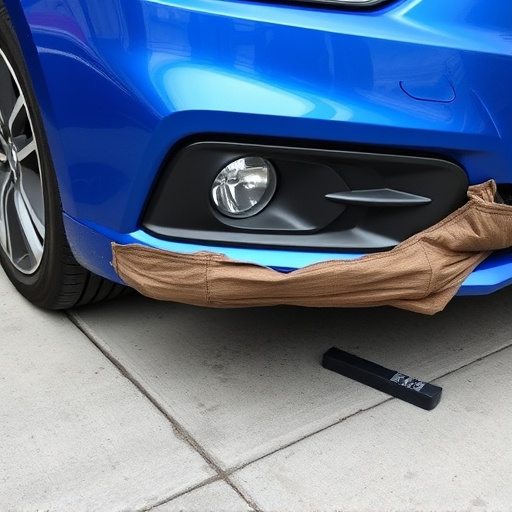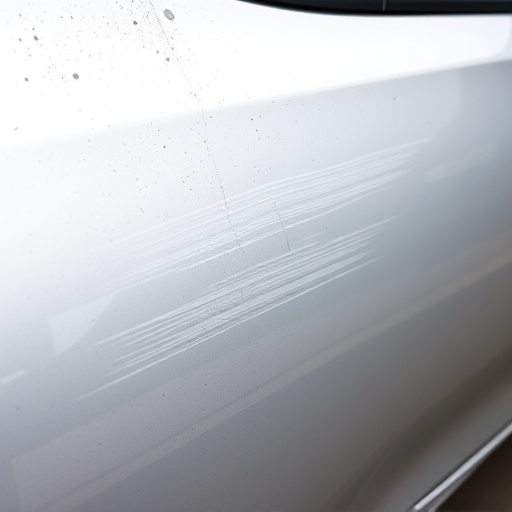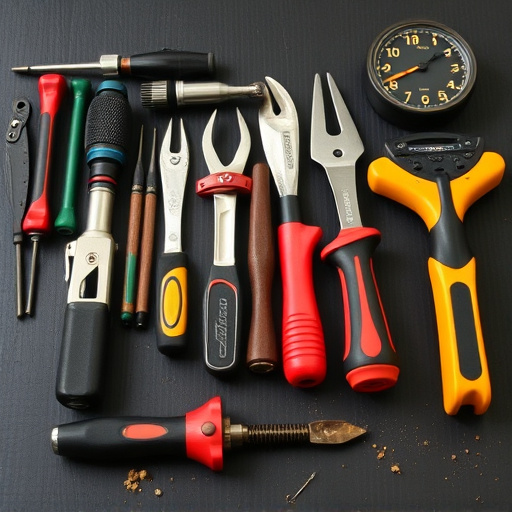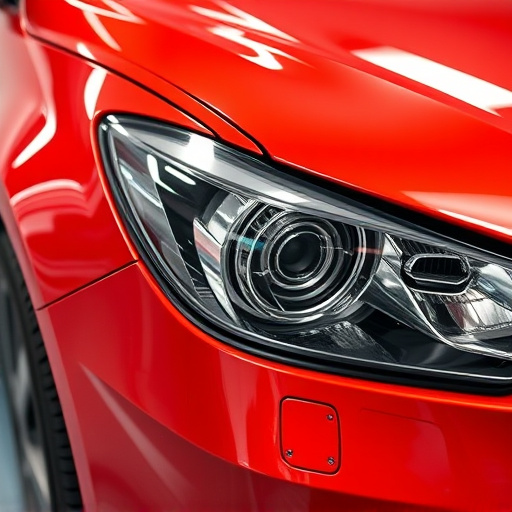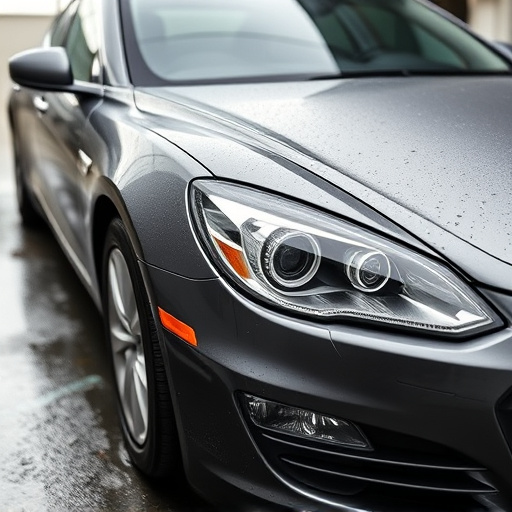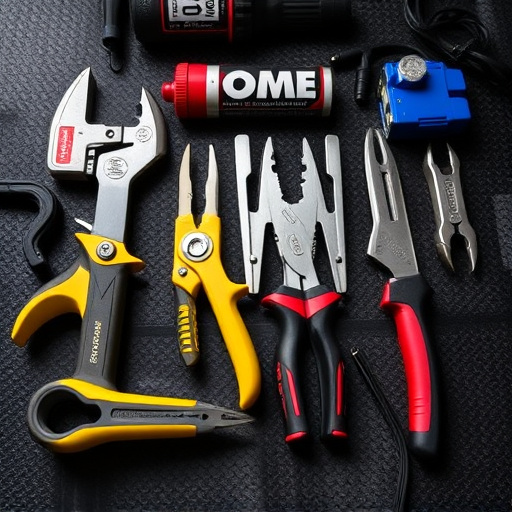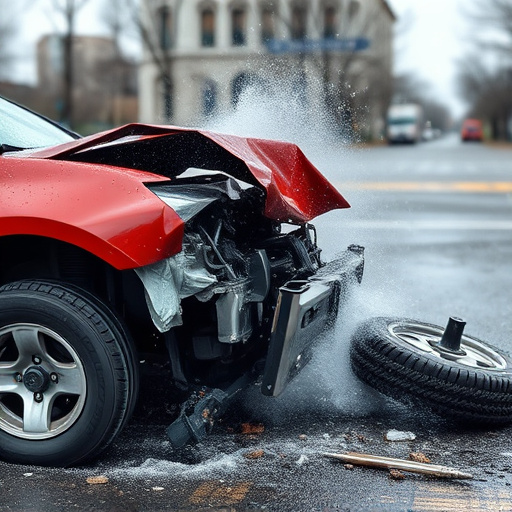The Tesla Measure System combines sensors, AI, and machine learning to offer precise vehicle restoration, analyzing structural integrity, aesthetics, and performance with proprietary algorithms. This system, integrating advanced technology and automotive engineering, enhances efficiency, reduces human error in complex cases, and supports features like autonomous driving and safety systems, revolutionizing both auto repair and driving experiences.
The Tesla measure system stands out in the automotive industry for its sophisticated combination of sensors, artificial intelligence (AI), and data analysis. This innovative approach, uniquely integrated throughout the vehicle, allows for unparalleled accuracy in measuring and predicting performance, safety, and efficiency. Proprietary algorithms and a complex feedback loop design further differentiate this system, making it challenging for competitors to replicate. Understanding these core components is crucial to grasping why Tesla’s measure system remains ahead of the curve.
- Unique Integration of Sensors and AI
- Proprietary Data Analysis Algorithms
- Complex Feedback Loop Design
Unique Integration of Sensors and AI
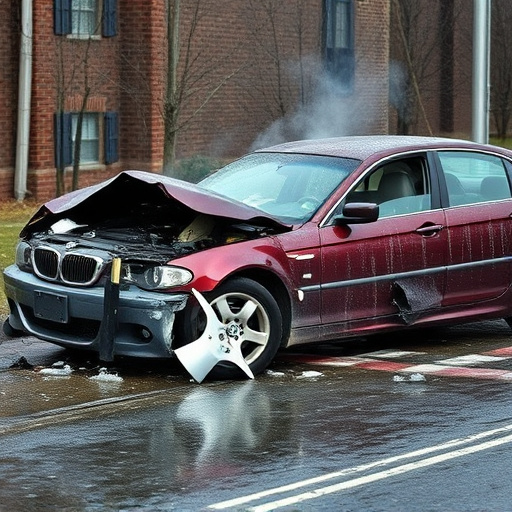
The Tesla Measure System stands out due to its unique integration of sensors and AI technology. Unlike traditional collision repair shops or fender bender scenarios, Tesla leverages a sophisticated network of cameras, LiDAR sensors, and radar to capture precise, 3D data of vehicles. This data is then processed by powerful machine learning algorithms to analyze damage with unparalleled accuracy. The system doesn’t just identify cracks or dents; it understands the structural integrity of the vehicle, enabling more effective and efficient repairs.
This fusion of sensor technology and artificial intelligence is a game-changer for vehicle restoration. While other systems might focus on manual inspections and rough estimates, Tesla’s Measure System provides a digital blueprint that guides technicians through the repair process. This not only ensures consistency but also reduces the likelihood of human error, making collision repair shops more reliable and efficient, especially in complex cases.
Proprietary Data Analysis Algorithms

One of the key aspects making the Tesla measure system hard to replicate lies within its proprietary data analysis algorithms. These algorithms, developed in-house by Tesla, are meticulously tailored to interpret and process vast amounts of data collected from various sensors on the vehicle. This includes information about frame straightening, which is crucial for maintaining the structural integrity of a car body during a collision repair, as well as other nuanced details that traditional measurement systems might overlook.
The algorithms not only account for physical dimensions but also consider aesthetic and performance factors, ensuring that the Tesla measure system delivers highly accurate results. This level of sophistication is difficult to replicate because it demands not just advanced technology but also a deep understanding of automotive engineering, frame straightening techniques, and collision repair shop processes—all of which contribute to Tesla’s unique and hard-to-copy approach to vehicle measurement and analysis.
Complex Feedback Loop Design

The Tesla measure system’s complexity lies in its intricate feedback loop design, a masterpiece of automotive engineering. This system seamlessly integrates various sensors and software algorithms to gather data from the vehicle’s environment, providing real-time insights for precise control. Every component, from the advanced cameras to the ultra-sensitive radar, plays a crucial role in creating a holistic understanding of the car’s surroundings, enabling features like autonomous driving and advanced safety systems.
Unlike traditional auto painting or luxury vehicle repair processes, Tesla’s system requires a level of sophistication that goes beyond mere mechanical precision. It demands a deep learning capability to interpret data, adapt to dynamic conditions, and make informed decisions in fractions of a second. This feedback loop design is not just about restoring an automotive surface; it’s about revolutionizing the driving experience, making vehicles safer, and paving the way for a future of seamless autonomous navigation in the most complex urban landscapes.
The Tesla measure system stands out due to its unique integration of sensors, proprietary data analysis algorithms, and complex feedback loop design. These elements combine to create a highly accurate and efficient measurement solution that’s difficult to replicate. The system’s sophistication allows Tesla to continuously enhance its performance, ensuring it remains at the forefront of automotive technology.
